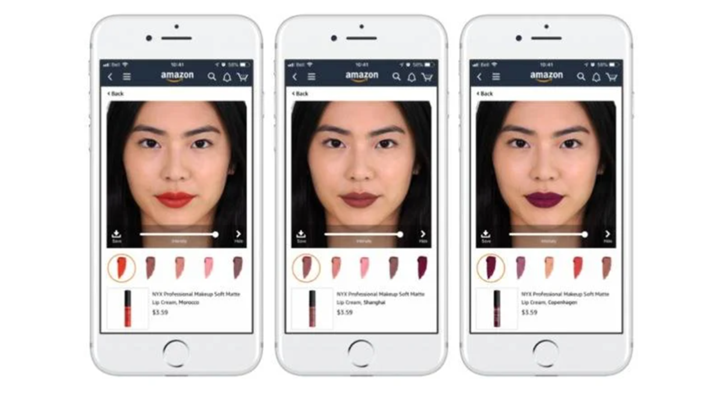The term artificial intelligence, otherwise known as AI, was officially coined in the 1950s and at the time was considered to be a topic more suited to science fiction than for scientific or economic endeavors. However, fast forward to 2023, and applications of AI have never been more discussed or as prevalent within the retail industry as it is today. According to Statista, a German online platform that specializes in data gathering and visualization, the global market for the use of AI i
f AI in retail was valued at about $4.84 billion in 2021. By 2028, the market is expected to grow continuously to reach $31.38 billion.
One specific sector of commerce that is especially invested in exploring AI integration is luxury retail.
A recently launched report written by Coresight’s director of research Swarooprani Muralidhar, noted several trends around the shifting implementation of AI in the world of high-end commerce.
As Muralidhar explained, “Luxury brands are increasingly turning to technology to meet the evolving demands of their discerning clientele…By developing cutting-edge solutions that cater to the challenges and needs of luxury brands (such as heightened personalization, exclusivity, discretion, service levels that are unique to brands and clients, and more), technology vendors can facilitate expansion in this highly competitive sector.”
Five ways AI is being used in luxury retail
The report highlighted five distinct applications of AI including:
1. Generative AI art: Luxury brands are using generative AI to create NFT [non-fungible tokens] art pieces and improve customer engagement opportunities.
2. Customer service: AI-powered chatbots and virtual assistants are enabling many luxury brands to offer customer support, answer questions and handle purchase inquiries.
3. Process optimization: Luxury groups are using AI to improve operational efficiency and drive positive business outcomes, such as creating digital showrooms, developing products and improving performance across manufacturing, supply chain and marketing functions.
4. Image generation for marketing campaigns: Using AI to develop marketing campaigns can offer luxury brands flexibility in using multiple elements in a virtual environment without having to spend the time and resources necessitated by a physical environment.
5. Anti-counterfeiting measures: AI is being used to develop sophisticated anti-counterfeiting measures to protect luxury brands from intellectual property theft.
In addition to the practices mentioned, another way that AI – and augmented reality, its often-corresponding partner – can be incorporated in retail is by creating an at-home experiential shopping experience, as Maxime Cohen, the director of artificial intelligence at Intégral, a Canadian marketing agency, told Inside Retail.
“An interesting trend is the adoption of virtual and augmented reality technologies in the shopping experience. Several retailers, such as L’Oreal, Nike, Ikea, Warby Parker, and BMW have started offering an immersive shopping experience where customers can leverage AR technology to have a better experience from the convenience of their home.”
What the retail industry needs to be aware of with AI
While there are numerous benefits to incorporating AI into retail operations, there can also be significant drawbacks to the practice.
Cohen noted, that while “these applications of AI have a huge potential in terms of boosting productivity, reducing budgets, and improving customer service, it’s also important to mention several dangers and pitfalls, including privacy issues, deep fakes, misinformation (the so-called hallucination issue of Generative AI), and biases that can sometimes lead to discrimination in decisions.”
The “so-called hallucination issue”, as Cohen elaborated, “is when an AI model generates incorrect information but presents it as if it were a fact. The danger is that the incorrectly generated information may often be very credible.”
As to the biases that the AI expert expressed, Cohen explained that “AI algorithms are trained on large amounts of data. These data often have several biases. AI algorithms will identify those biases and often accentuate them, so that AI-driven decisions may be often more biased. Such biases may lead to discrimination (e.g., racial, sexist), and this is very dangerous. It reinforces that it’s urgent to carefully regulate this space.”
The future of AI in retail
Moving forward in 2024, Cohen predicted there will be more attention paid to AI in creating a more specified shopping experience for the consumer and for enhancing the working conditions of employees.
“We will see more and more focus on hyper-personalization. It will be possible to know what customers are interested in purchasing at any given time, and retailers will be able to offer them the most pertinent targeted offer based on their personal attributes and preferences,” said Cohen.
“Another prediction is a substantial improvement in retail workers’ conditions. AI and robotics will be leveraged to automate and take care of repetitive/tedious tasks, allowing workers to focus on more pleasant tasks with a higher added business value.”

